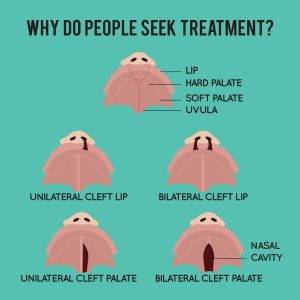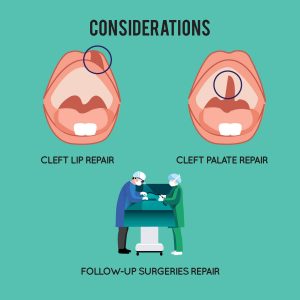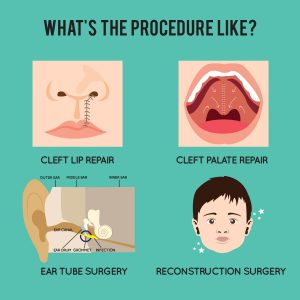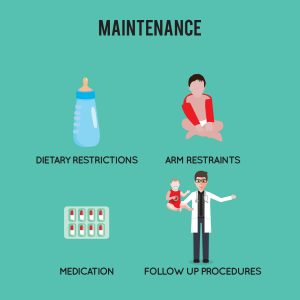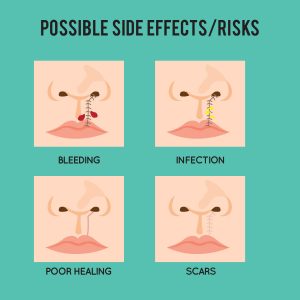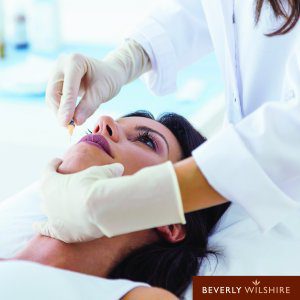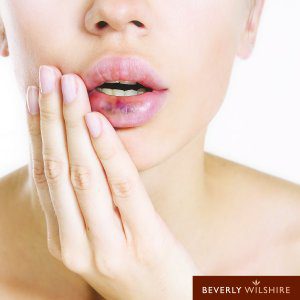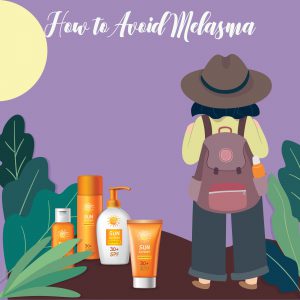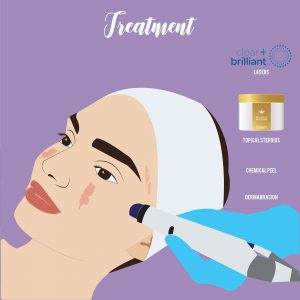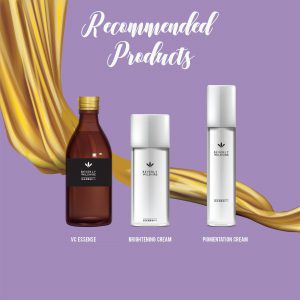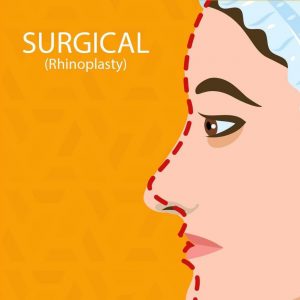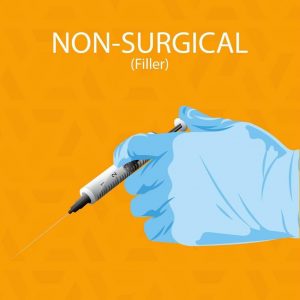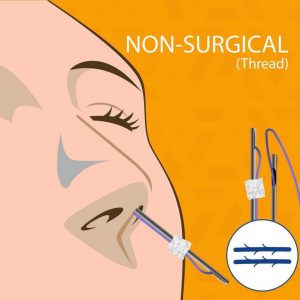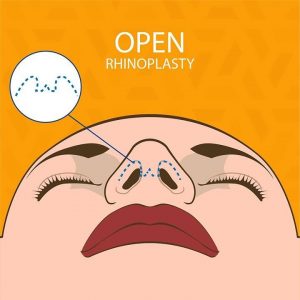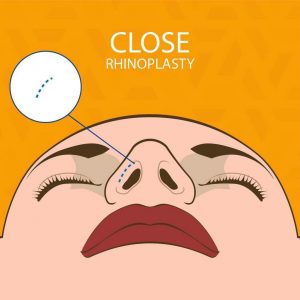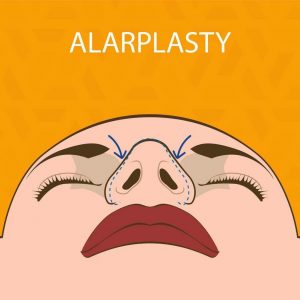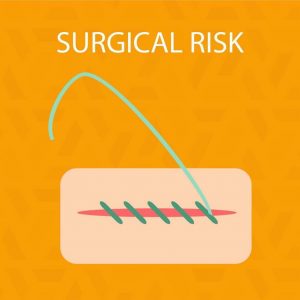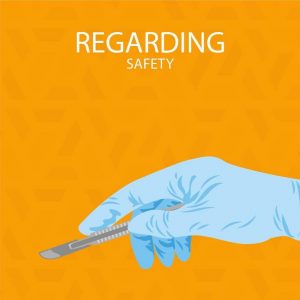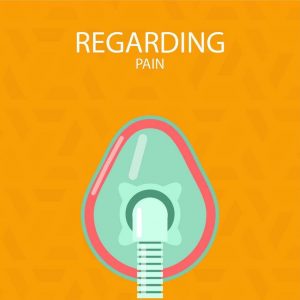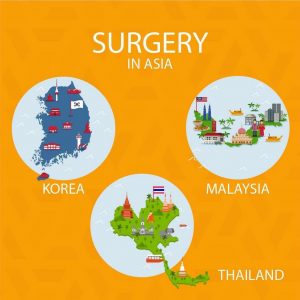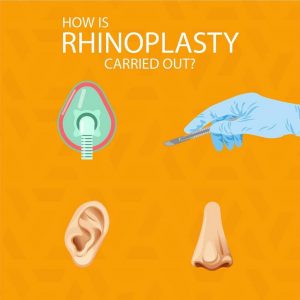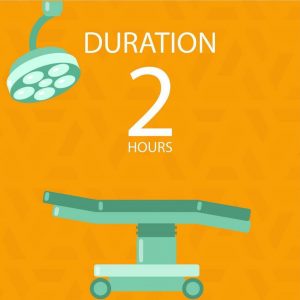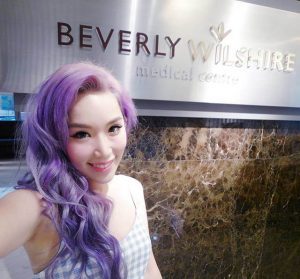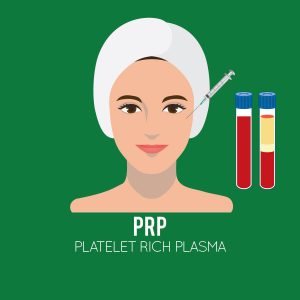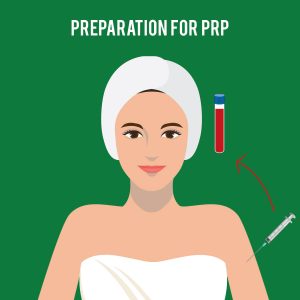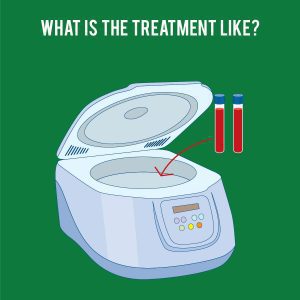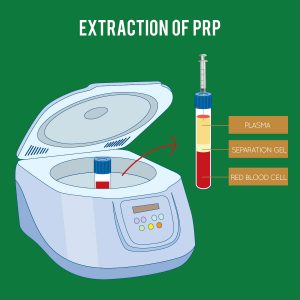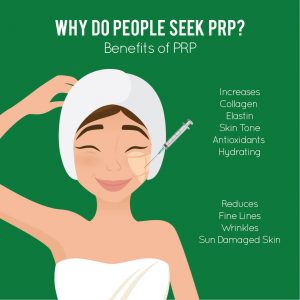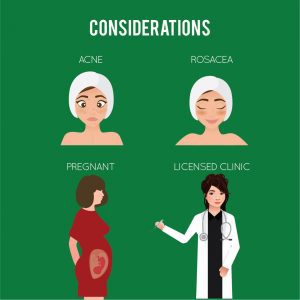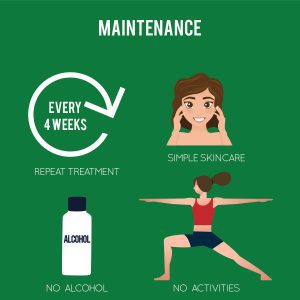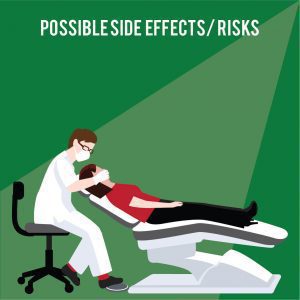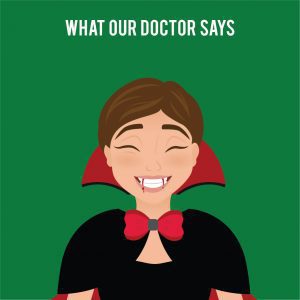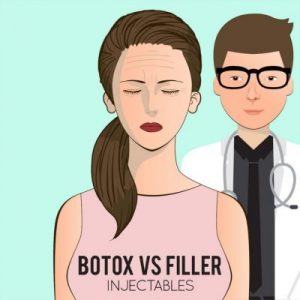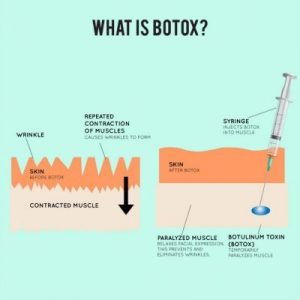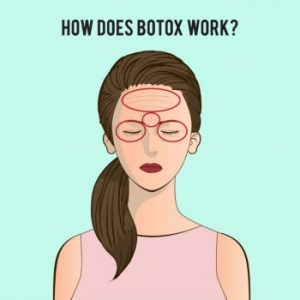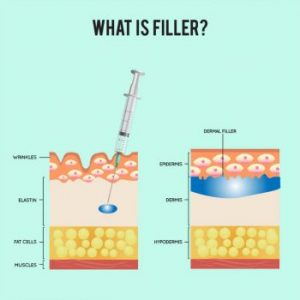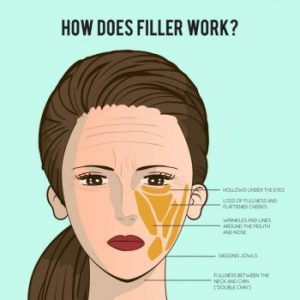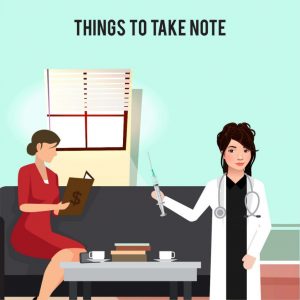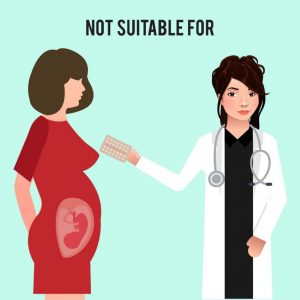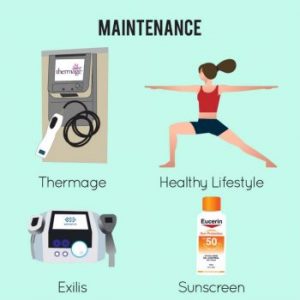It’s end of 2018! We would love to predict the future and let you know your fortune for this year – unable to physically do that however, we can do the next best thing: Give you a sneak peak of the hip trends on the beauty horizon that are settling to make a buzz at the cosmetic world this year, and probably, in many to come.
Autologous Fat Transfer: This procedure itself might not be new (in essence it has been around for the last 100 years). However, the latest developments in the procedure techniques and a new perspective on the applications of Fat Transfer, has made it easier to understand as a process and, as a result, started to capture the attention of the public and previous pessimists of the cosmetic industry, who were not keen on synthetic prostheses or volumising materials. A whole new dimension to explore. “Autologous” Fat Transfer means, very simply, moving “your own” Fat, from one location to another, in your body (it’s a different concept from liposuction, where your fat is transferred from your body to the medical waste trash can). Now, knowing that 99% of women dream of zapping fat for good, the concept of moving it somewhere else, might seem ridiculous. Think again. Fat is an excellent soft tissue filler material and, if used in the right body locations, can be used at our advantage, bringing us much joy. What does this mean? It means that instead of silicone implants (of any kind, breast, buttock, cheeks) or synthetic fillers (dermal or not), you can now use your own fat to create the wanted volume in the sunken or deflated areas of your face and body. Any area. The most common areas for application of fat injections are still face areas like the lips, nasolabial folds, cheeks or chin, where it acts like a rejuvenation agent, helping to soften the harsh lines caused by the natural ageing process, enhancing the bone structure or simply giving you more rested eyes. However, fat injections in body areas are becoming more and more popular and you can now dream of breast augmentation or even buttock augmentation with your own body material used solely or even in combination with an implant.
Know the Process: Many medical facilities tend to call this procedure simply Fat Graft or Fat Injection on their list of available operations. Being accurate enough (expected results are obtained through injection of Fat), it leads to having the patient focusing on the “injection” concept and remain totally oblivious of the required process of collecting the Fat, which might lead to misunderstandings on the procedure and unnecessary stress for the patient. First things first. In order to be injected in the desired body areas, your fat needs to be collected, treated and prepared for Injection. Collection is made through a process of Liposuction of the, so called, donor area. Most common donor areas will be the abdomen and flank area, inner and outer thighs buttocks, since these are areas in which fat tends to persist (as all women know), therefore it is expected that, when transferred to the new site, it will behave similarly (another joy, getting read of that stubborn lump and making miracle lips out of it). The collection process is generally made under local anaesthesia (of both donor and treated areas) with intravenous sedation. Compared to a regular Liposuction surgery, the procedure specific for fat collection (for injection) is a slightly different process, in which the suction strength is diminished and used in combination only with the injection of tumescent fluids, in order to avoid damage to the Fat Cells. A specific canula or serynge is also required. After the collection, the fat cells are isolated, purified and prepared for injection. Only when all this process is complete, the fat is then injected in the desired areas, in small portions at the time, until the treatment is completed. The whole procedure might take up to 3 hours so your time and money may be better utilized when you are aiming to use your fat for several different applications or one major area like the breast or buttocks. An even more cost effective situation is to combine your Fat Transfer with your already booked Liposuction procedure. The surgeon will make the collection of the Fat needed at the same moment, regarding the necessary measures for the appropriate collection and treatment of the Fat that will be re-utilized. The patient is already under general anaesthetic on this case and does not require another visit to the OT, which cuts on the cost of the latest procedure.
To be a suitable candidate for this procedure you should be in a good overall health (both physically and emotionally), be a non-smoker or being able to stop your habit for at least a month before and after the procedure and, obviously, have adequate fat deposits for the graft.
Pros: The major advantage of using your own fat for your cosmetic procedures is unbeatable: no allergic reactions and no rejection (which can occur with bovine collagen injections), no capsular contracture. The results are incredibly natural to look and touch. Another positive treat is the minimal downtime (exceptions made when the fat graft is done combined with other procedures). Both donor and treated areas bruising and swelling are normally resolved in 1 week, with minimal discomfort and patients are normally able to resume normal activities after that short period, even if taking it easy for the next 2 to 3 weeks.
Cons: Results are not permanent. After the procedure, it takes three to four days for the first blood vessels to form and reach the new transplanted fat with blood and nutrients supply, indispensable for the survival of the Fat Cells. While this supply does not reach the fat, part of it will simply die during that period. Meanwhile, our body will recognize our fat and follow with the normal metabolism process. Subsequentially, up to 60% of the injected material (and the volume you see) will be reabsorbed in the first few months after procedure. Only around 40% to 50% of the material will then remain in the injected area. Results tend to last longer in more stationary areas (like the checks for example). For this reason, the surgeon will “overfill” the treated area, giving way to the body adjustment that will occur on the next days and weeks, before the final best expected result. A little bit of a sensitivity here: if the graft is made on face areas, you might look a little too puffy for a few days. In addition, results might need readjustment or maintenance, so more than 1 treatment might be required. Such additions maybe be performed in a time frame of 3 to 6 months after the first treatment. On a final note, when compared to silicone implants, the desired size is a factor to take in consideration. If you’re aiming for a considerable size, probably the implant is still your best option. Big bulks of transferred fat tend to become hard and die quicker. A successful fat transfer requires small volumes at the time, to guarantee better chances of permanence. Achieving a big volume with Fat Grafts will require several treatments, parted by approximately 6 months, until the desired volume is finally achieved, which will become too costly compared to an augmentation with implant.

